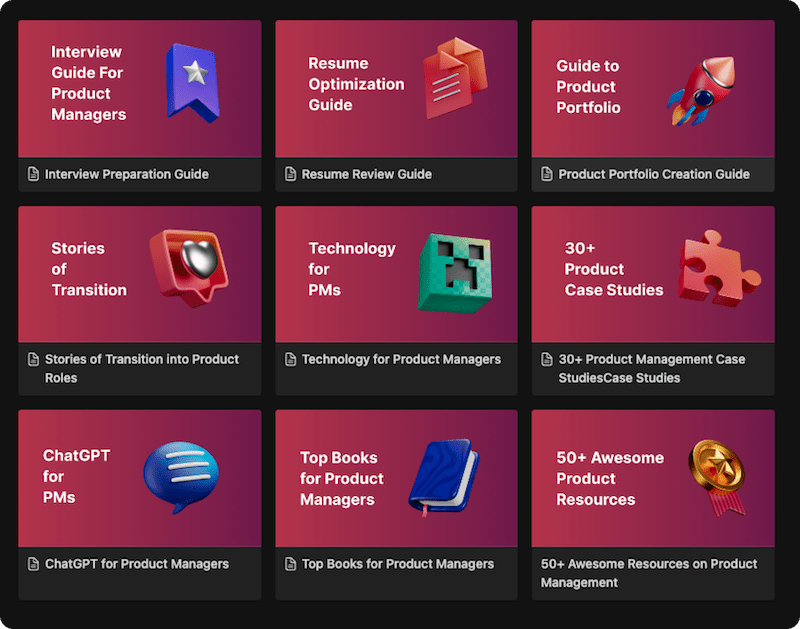You’ve had a fantastic quarter, acquiring thousands of new users for your product. The acquisition graphs in your dashboard are all heading up and to the right, and the team is celebrating. But as a product manager, a nagging question remains in the back of your mind: are any of them actually sticking around? How many of last month’s new users are still active today? This question cuts to the heart of a truly healthy business, and the answer is found in one of the most vital metrics you will ever track: the Retention Rate.
While acquisition metrics feel exciting, they only tell the beginning of the story. Retention rate tells you the rest. It’s the metric of truth that reveals whether your product is delivering on its promise, whether you’ve found Product-Market Fit, and whether you’re building a sustainable business or just a leaky bucket.
This guide will demystify retention rate completely. We will walk you through the simple formula to calculate it, explore the nuances of how to analyze it effectively, and provide a playbook of actionable strategies to improve it. By the end, you’ll see retention not just as a metric to report, but as a strategic lever to pull to drive long-term, profitable growth.
Why Retention Rate is One of Your Most Important Metrics
In the world of product management, retention isn’t just a nice-to-have; it’s the foundation of a sustainable business.
- It’s Cheaper Than Acquisition: It is famously 5 to 25 times more expensive to acquire a new customer than it is to keep an existing one. Focusing on retention is one of the most efficient ways to grow your business.
- It’s a Direct Indicator of Product-Market Fit: If a high percentage of users continue to use your product over time, it’s a strong signal that you are solving a real and persistent problem for them.
- It Drives Customer Lifetime Value (LTV): The longer a customer stays with you, the more revenue they generate. A small increase in retention can lead to a massive increase in LTV (Customer Lifetime Value).
- It Creates a Foundation for Sustainable Growth: Retained customers often become your best advocates, leading to word-of-mouth growth that lowers your CAC (Customer Acquisition Cost). You can’t build a strong business on a constantly churning user base.
How to Calculate Customer Retention Rate: The Formula
To calculate the customer retention rate, the fundamental goal is to determine what percentage of your original customers you managed to keep over a specific period, ignoring the new customers you acquired. While Calculating your retention rate you need three pieces of information:
- S: The number of customers you had at the Start of the period.
- E: The number of customers you had at the End of the period.
- N: The number of New customers you acquired during the period.
The formula is:
Retention Rate = ( ( E – N ) / S ) * 100
First, you need to isolate the number of customers who were with you at the start of the period and remained at the end. To do this, you take the total number of customers at the end of the period (E) and subtract the number of new customers you gained (N) during that time. This calculation, E - N, gives you the exact count of retained customers from your initial group.
Once you have this number, you express it as a percentage of your starting customer base. You take the count of retained customers and divide it by the number of customers you had at the start of the period (S). To convert this result into a percentage, you simply multiply it by 100.
For a clear example, imagine a mobile gaming app that wants to calculate its retention for the month of April.
- It starts (S) the month with 2,000 active players.
- By the end of April, it has a total of 2,100 active players (E).
- During the month, a promotion brought in 250 new players (N).
First, we find how many of the original players stayed: 2,100 (E) - 250 (N) = 1,850. This means 1,850 of the original 2,000 players were retained. To find the rate, we divide this by the starting number and multiply by 100: (1,850 / 2,000) * 100 = 92.5%. So, the app’s customer retention rate for April was 92.5%.
Beyond the Number: How to Analyze Retention Rate Effectively
Calculating the number is easy. The real skill lies in analyzing it with nuance.
Choosing the Right Time Period
The period you choose depends entirely on your product’s natural usage cycle.
- Daily Retention: Critical for social media, casual games, or news apps where daily engagement is expected.
- Weekly Retention: Ideal for productivity tools, communication apps, or B2B SaaS products where users engage throughout the work week.
- Monthly Retention: The standard for most subscription SaaS products and e-commerce sites.
- Quarterly/Annual Retention: Often used for high-value enterprise contracts.
The Power of Cohort Analysis
A single, top-line retention number can be misleading. A Cohort Analysis is a much more powerful tool. It groups users together based on when they signed up (e.g., the “January 2025 cohort”) and tracks the retention of each group over time.
This allows you to see if your retention is actually improving. For example, you can see if the cohort from March (after you launched a new onboarding flow) has a better Week 4 retention rate than the cohort from February.
5 Actionable Strategies to Improve Your Retention Rate
Improving retention is a continuous effort, not a one-time project. Here are five proven strategies.
- Create a Flawless Onboarding Experience: The first few interactions a user has with your product are critical. Your user onboarding process must guide them to their “Aha!” moment—the point where they experience the core value of your product—as quickly and smoothly as possible.
- Actively Listen to Your Users: You cannot fix problems you don’t know about. Implement a system for collecting and analyzing the Voice of Customer (VOC). Use surveys like Net Promoter Score (NPS), in-app feedback widgets, and user interviews to understand why users stay and why they leave.
- Engage with Proactive and Personalized Communication: Don’t wait for users to come back on their own. Use in-app messaging, targeted emails, and push notifications to re-engage users who are slipping away. Remind them of the value you provide and introduce them to new features.
- Invest in Excellent and Accessible Customer Support: When a user runs into a problem, a fast and helpful support experience can turn a potential churn event into a moment of loyalty. Make it easy for users to find help and empower your support team to solve problems effectively.
- Build a Moat with a Strong Ecosystem or Loyalty Program: Give users a reason to stay beyond the core features. This could be a loyalty program that rewards continued use, or a robust ecosystem of integrations with other tools that makes your product indispensable to their workflow.
Retention Rate vs. Churn Rate: The Other Side of the Coin
Retention Rate and Churn Rate are two sides of the same coin. They measure the same thing—customer attrition—from opposite angles.
- Retention Rate: The percentage of customers you keep.
- Churn Rate: The percentage of customers you lose.
In the simplest model, Retention Rate + Churn Rate = 100%. If your retention rate for the quarter was 90%, your churn rate was 10%. While they are mathematically related, framing the goal as “improving retention” often leads to a more positive, proactive mindset focused on delivering value, whereas focusing only on “reducing churn” can lead to a reactive mindset focused on saving customers at the last minute.
Conclusion
Retention rate is the ultimate barometer of your product’s health and the value it delivers. While it’s tempting to chase the fleeting sugar rush of acquisition, the most enduring and profitable businesses are built on a foundation of customers who choose to stay, month after month. Mastering the simple calculation of retention is the first step, but truly internalizing its importance and embedding it into your team’s DNA is what separates good product managers from great ones.
Improving retention is not a single project on a roadmap; it is the cumulative result of a thousand small, deliberate decisions made with the customer in mind. It’s a commitment to a flawless onboarding, an empathetic ear to feedback, and a proactive hand in guiding users to success. By shifting your focus from simply winning new customers to religiously earning the loyalty of the ones you already have, you are not just optimizing a metric—you are building a product with lasting value and a business built for the long term.
FAQ’s
This varies dramatically by industry. For SaaS, a monthly retention rate of 95% (5% churn) is considered good. For mobile apps, a 90-day retention rate of 25% might be excellent. For e-commerce, it’s often measured in repeat purchase rate. The key is to benchmark against your own historical performance and your direct competitors.
For customer retention, no. You can’t keep more customers than you started with. However, a related metric, Net Revenue Retention (NRR), can be over 100%. NRR measures how much recurring revenue you retain, and it can exceed 100% if existing customers upgrade or expand their usage faster than other customers churn or downgrade.
These terms are often used interchangeably, but there can be a nuance. Customer retention typically refers to paying accounts (e.g., a company paying for a subscription). User retention refers to the individual active users, who may or may not be the paying customer (e.g., the employees of that company).
Higher retention directly increases LTV (Customer Lifetime Value) because customers pay you for a longer period. It also allows you to afford a higher CAC (Customer Acquisition Cost), as you can be confident that you will recoup your acquisition costs over the customer’s extended lifetime.


